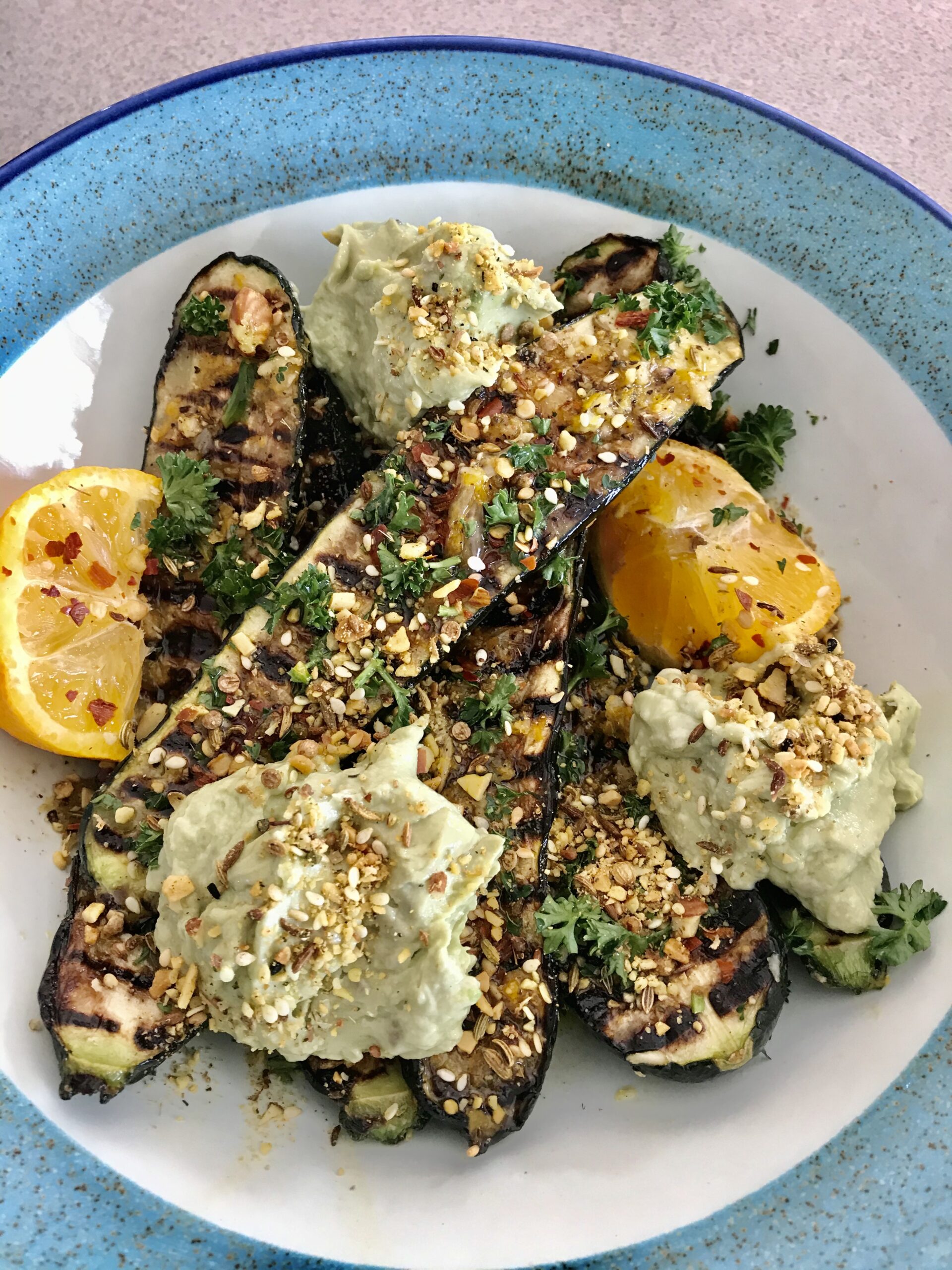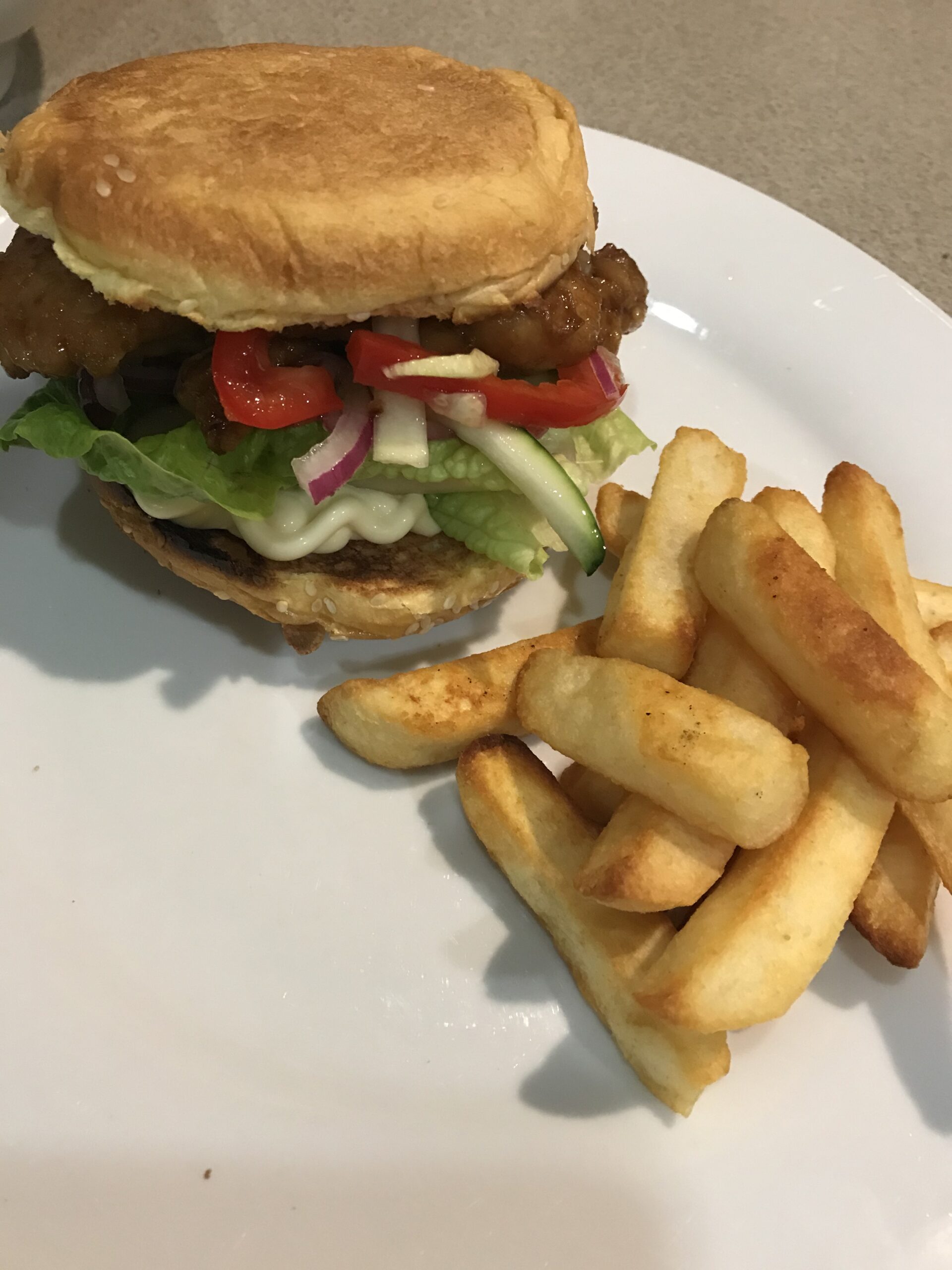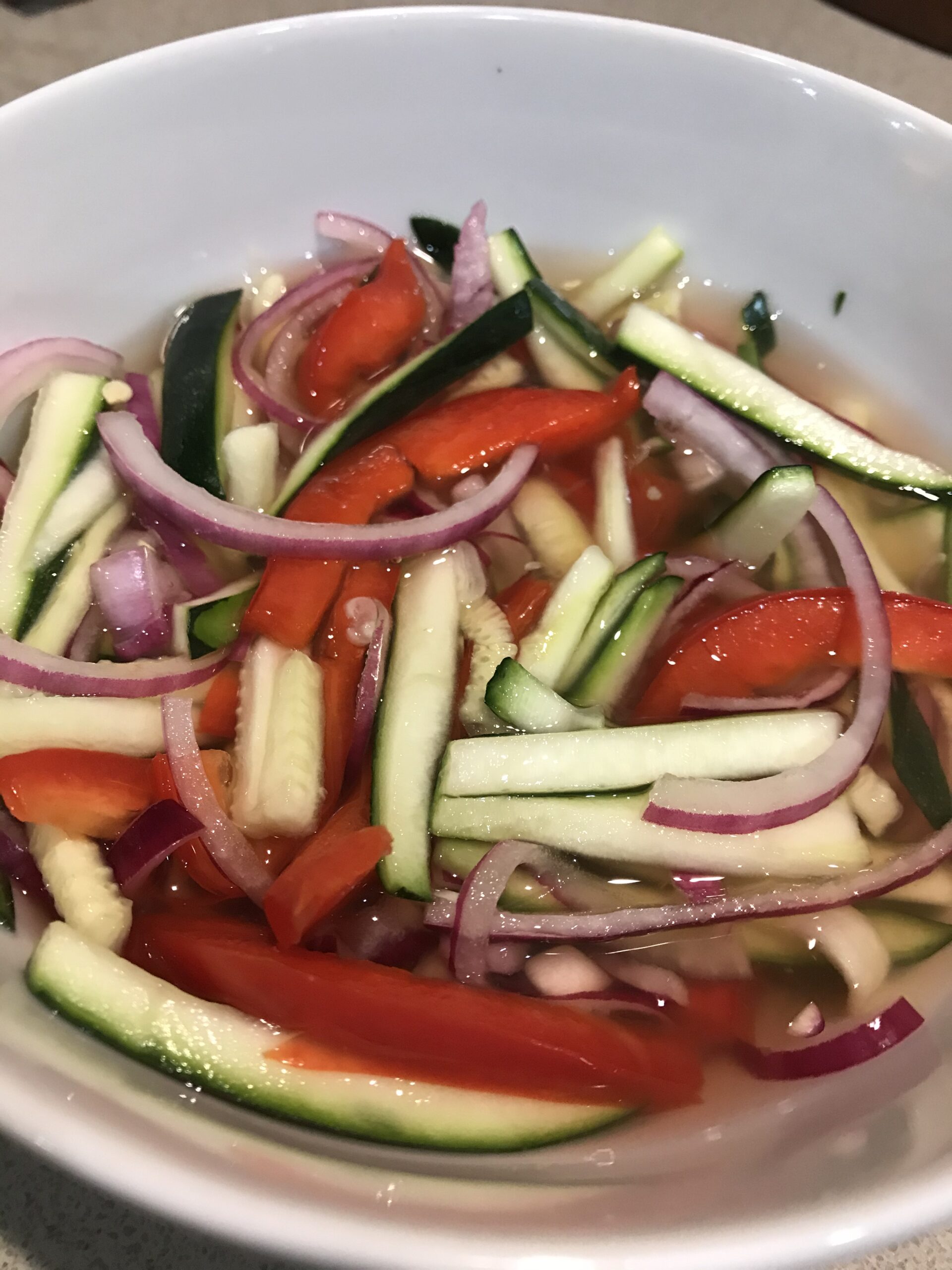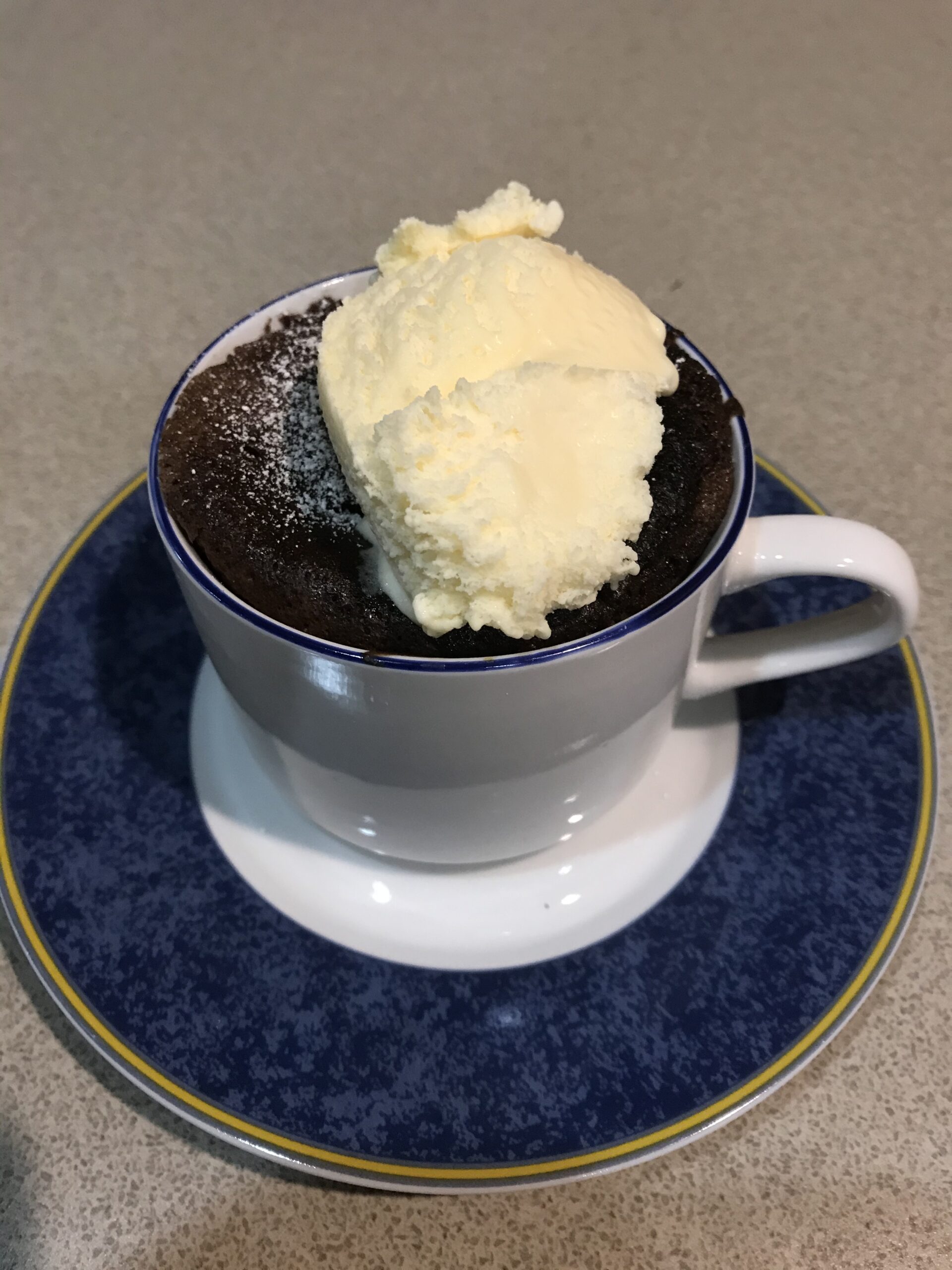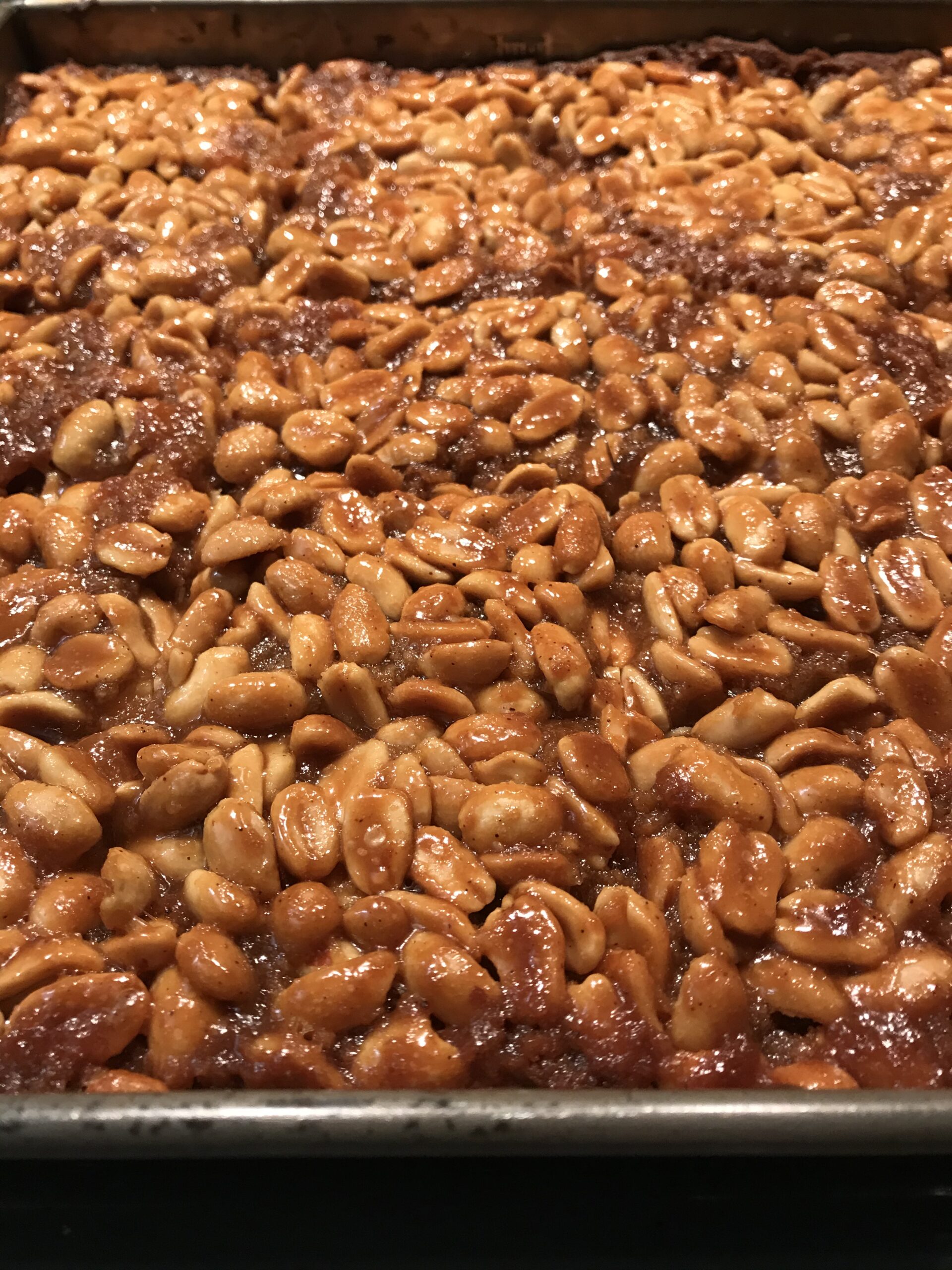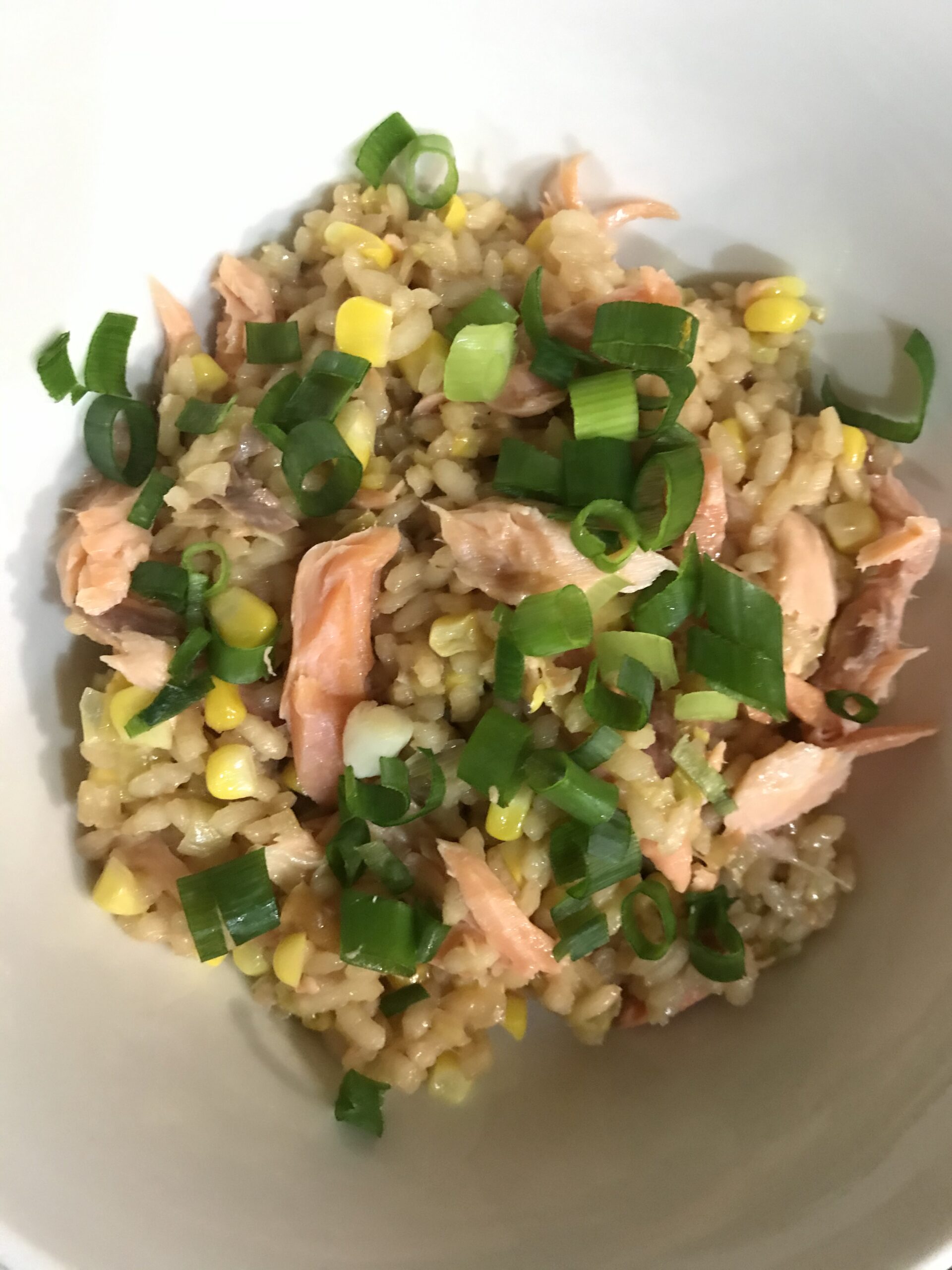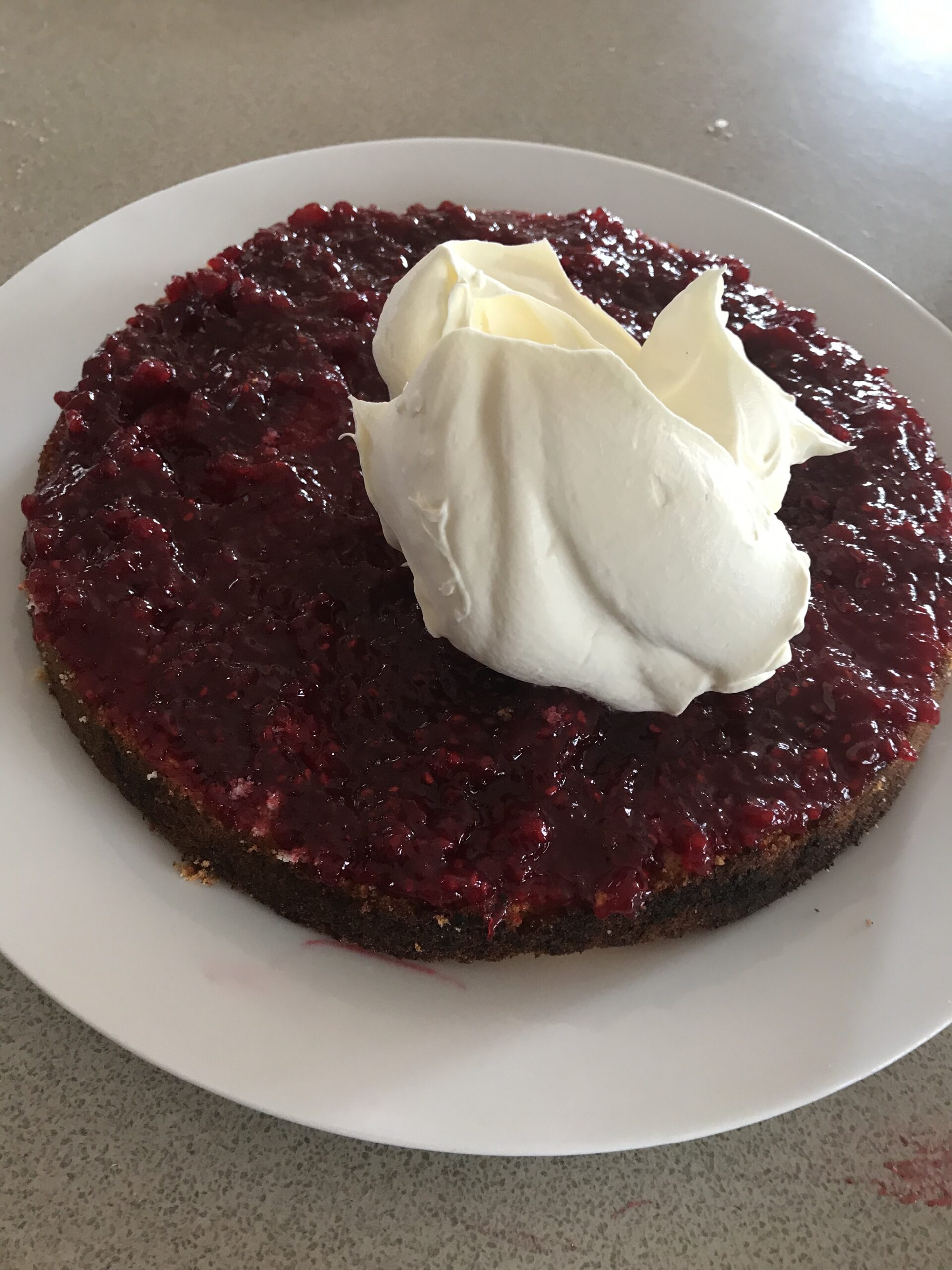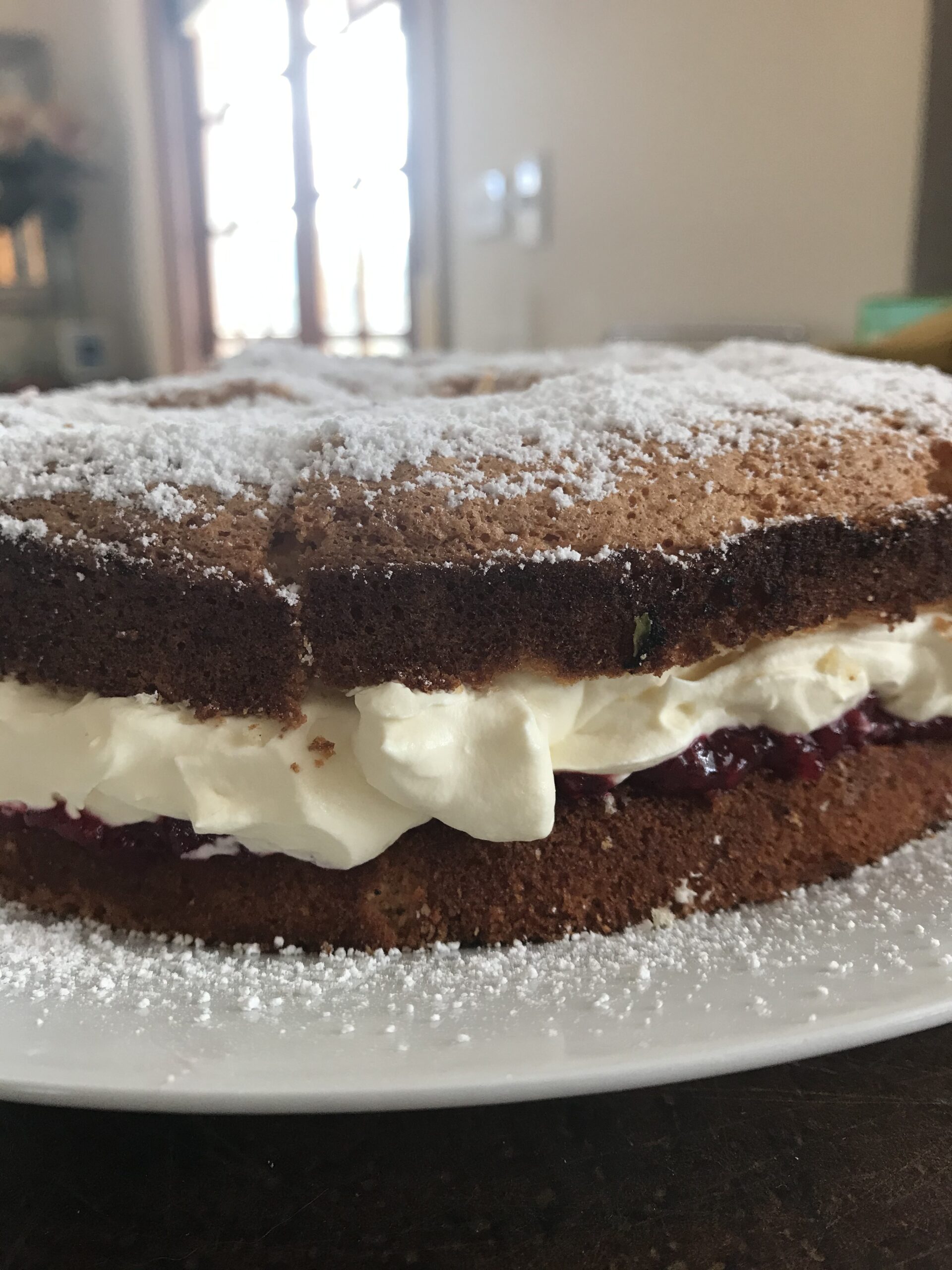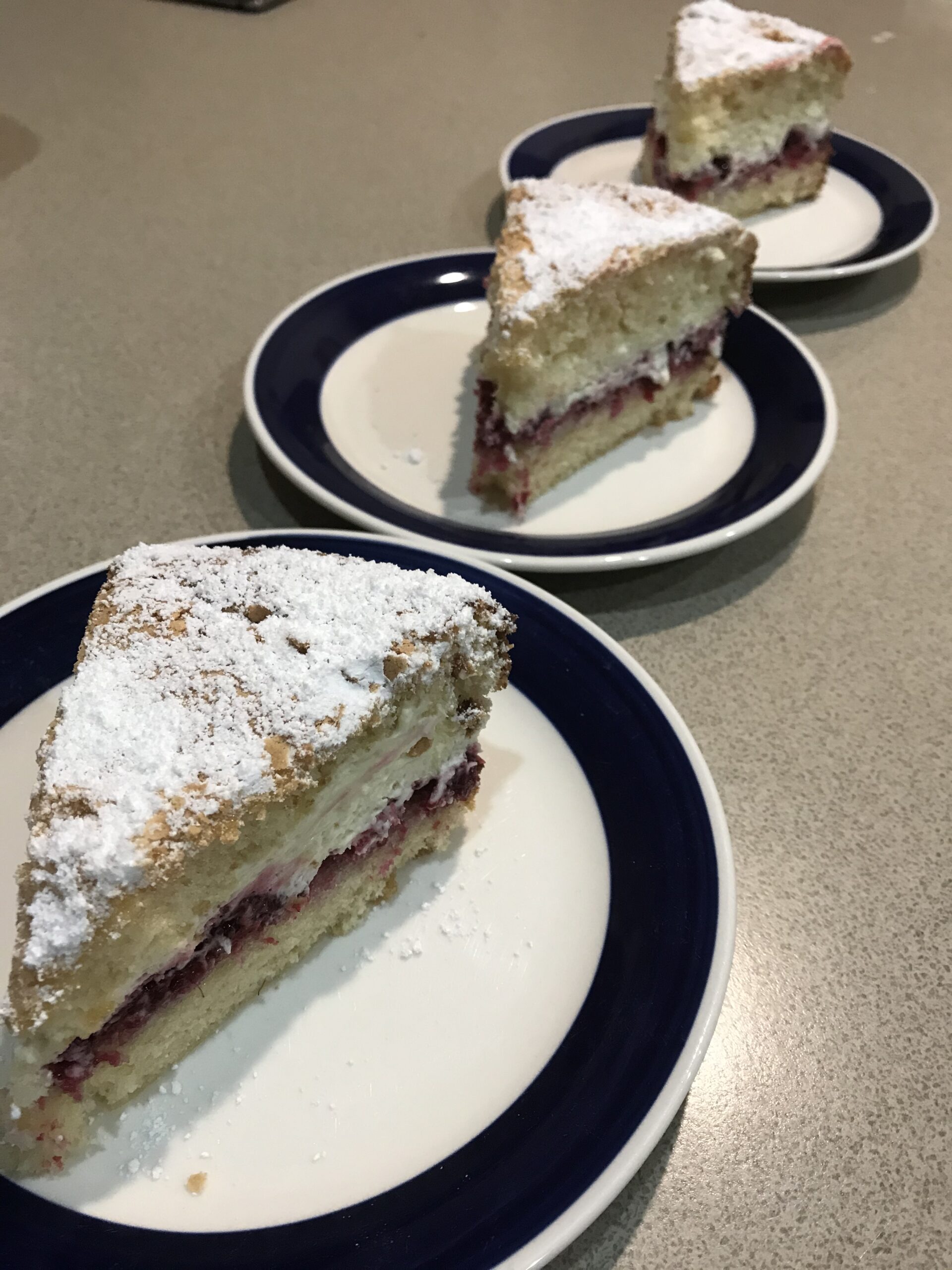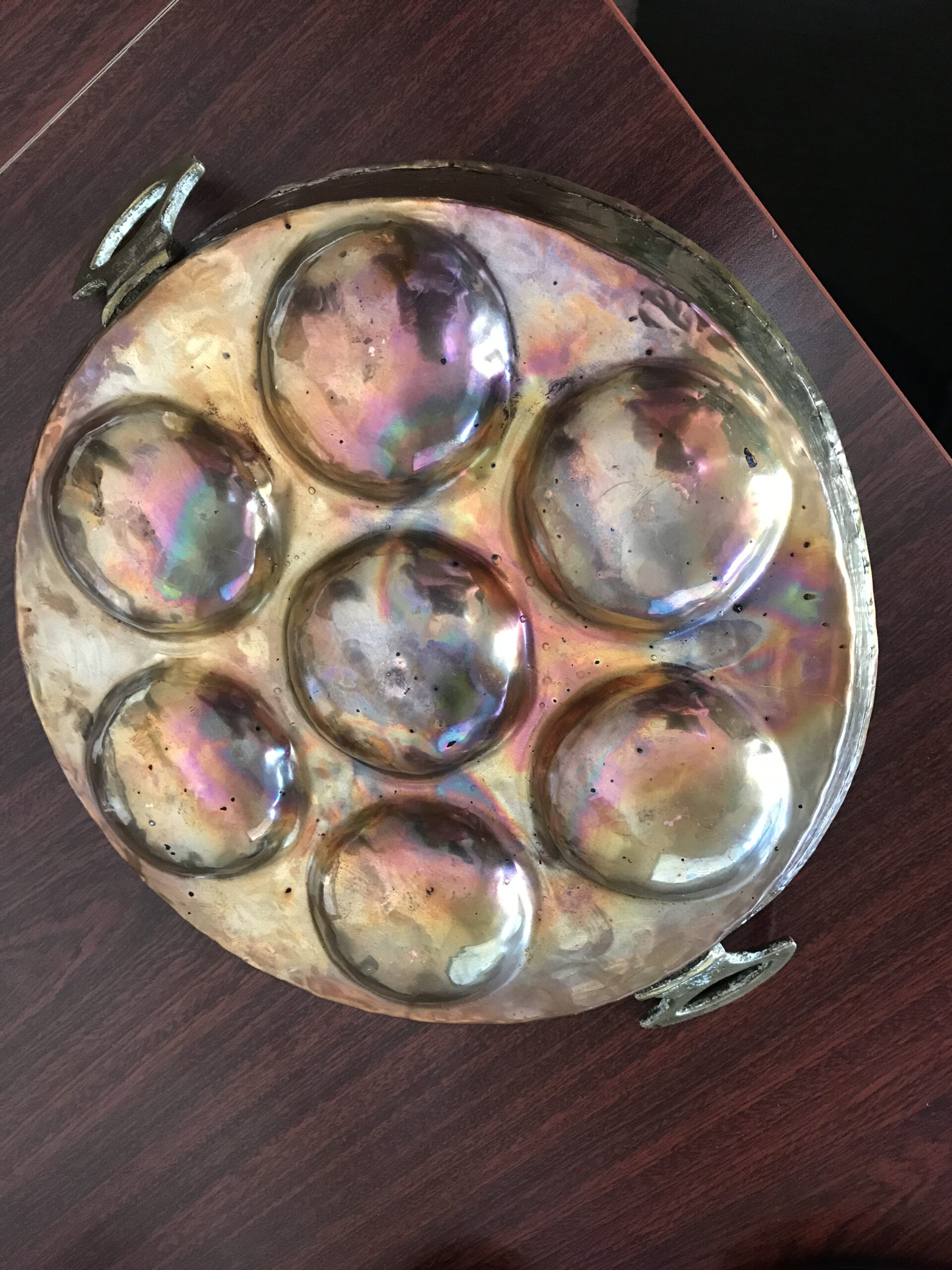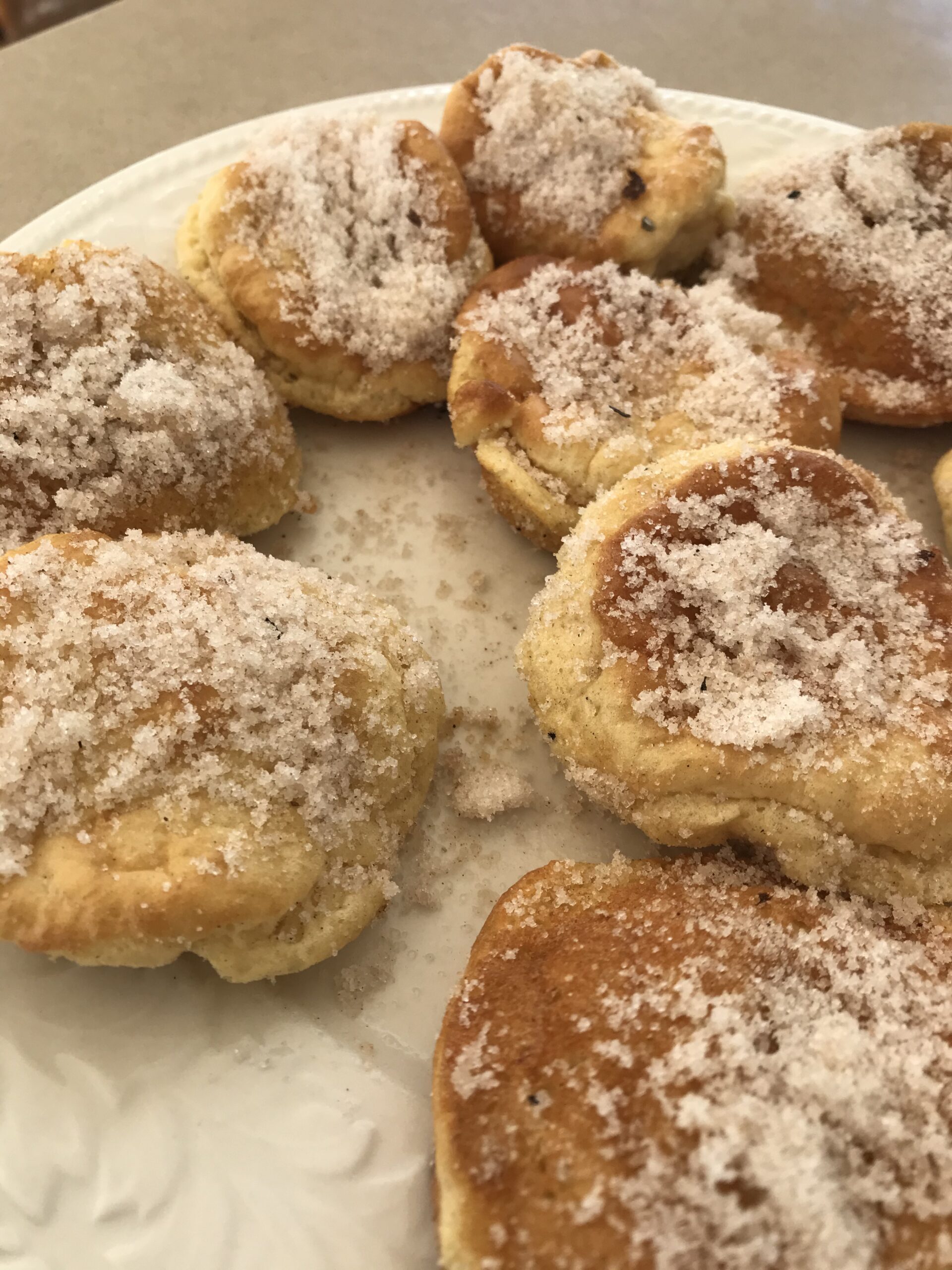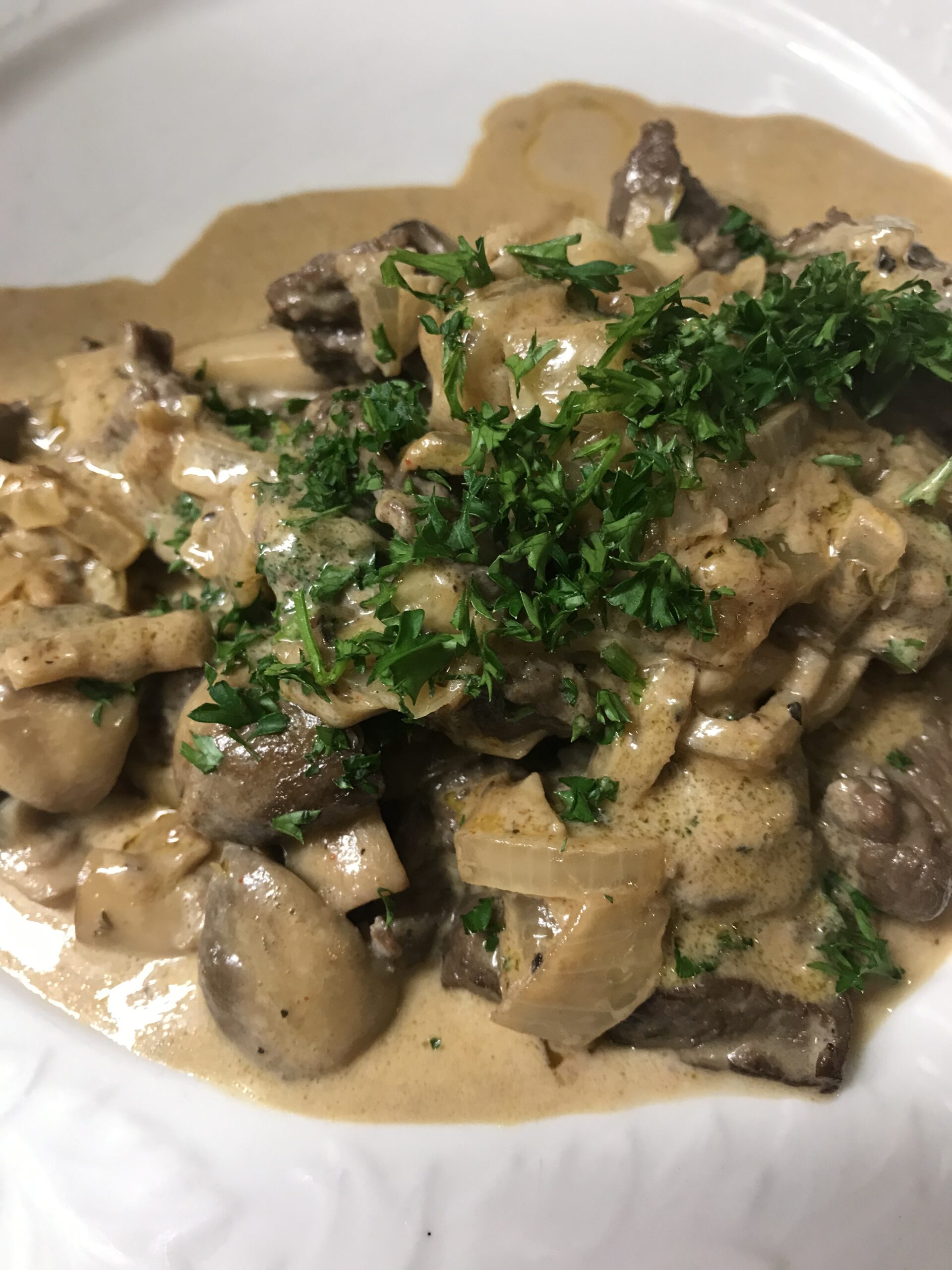I recently spent a few days in hospital. As I ate the unimaginative, tasteless hospital food I watched the SBS food channel and made notes. This is one of the delicious recipes I wrote down which we had for lunch today. Why can’t hospitals do better?
6 zucchini (about 1kg) halved lengthwise
1 clove garlic, crushed
Finely grated zest and juice 1 lemon
3 Tbs extra virgin olive oil
Salt and freshly ground black pepper, to taste
½ tsp dried chilli flakes
3 Tbs dukkah
Lemon wedges, chopped parsley and olive oil, to serve
Avocado Hummus:
2 ripe avocados
½ cup tahini
1 clove garlic, crushed
Finely grated zest and juice 1 lemon
3 Tbs extra virgin olive oil
Salt and freshly ground black pepper, to taste
For the Hummus, place all ingredients in food processor and process until smooth and creamy, stopping halfway to scrape down the sides. Heat a large chargrill until hot and cook the zucchini halves, without oil, for 3 minutes each side, or until charred and cooked through.
While zucchini is cooking mix garlic, lemon zest and juice, oil and seasoning in a large bowl. Add the cooked zucchini halves and toss gently. Pile onto a serving platter and scatter with the parsley. Finish with dollops of avocado hummus, a sprinkling of dukkah, a drizzle of olive oil and the lemon wedges. If liked make half the recipe which serves 2.
Serves 4
